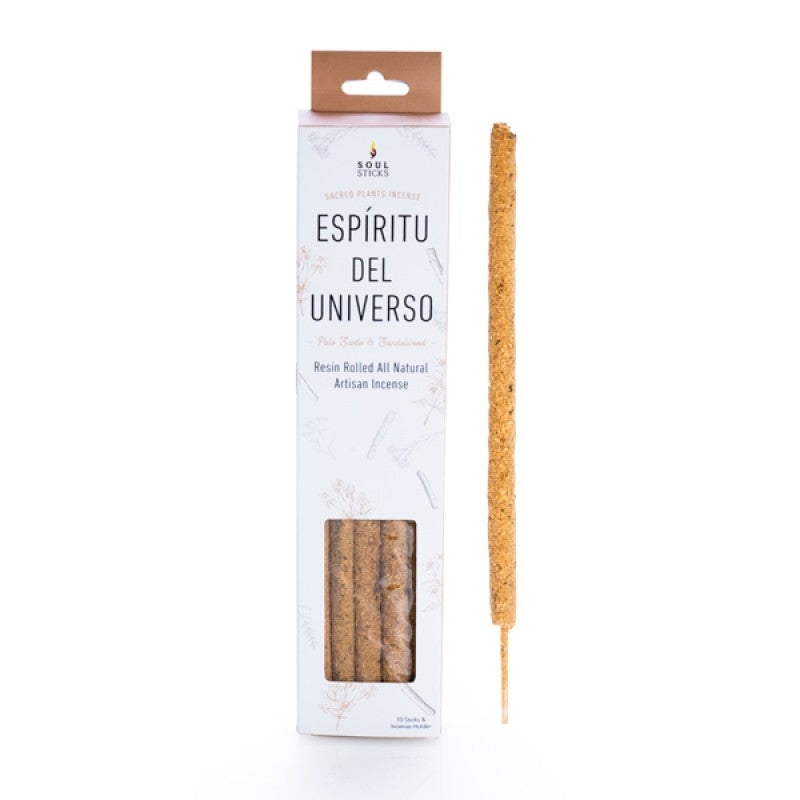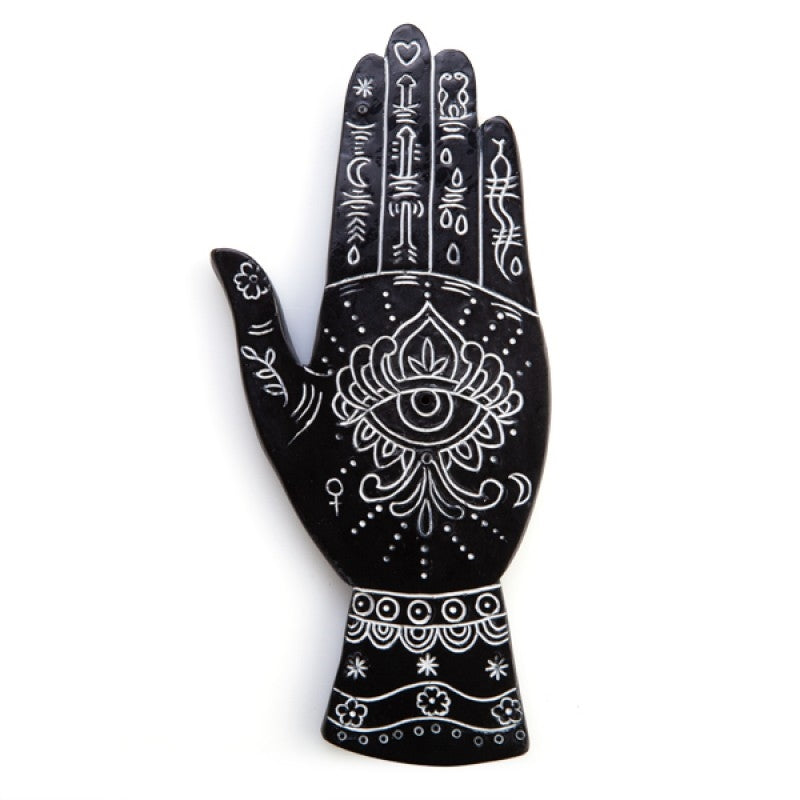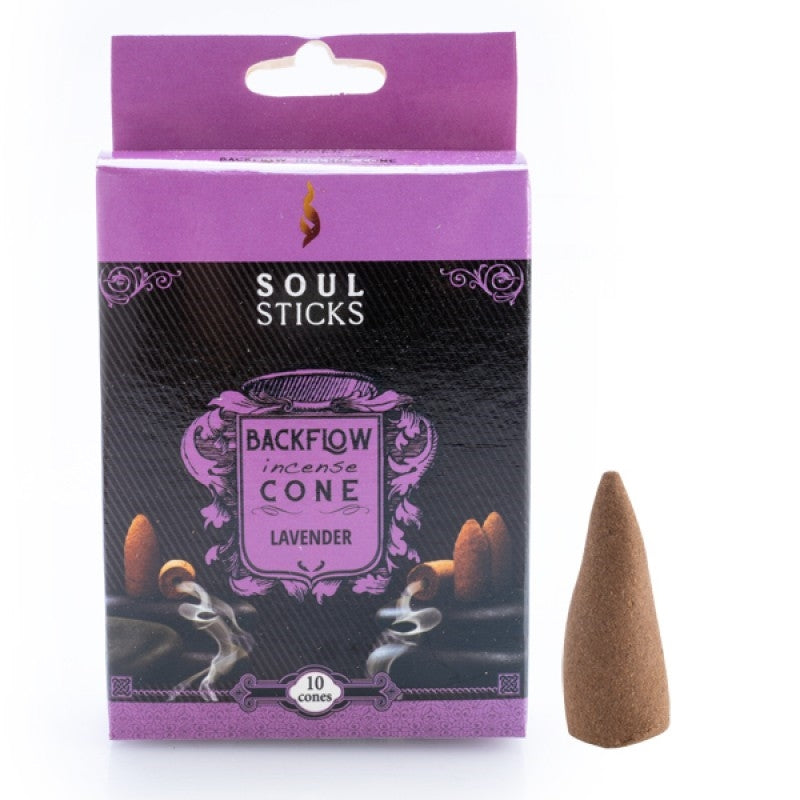Incense has been used for centuries in spiritual, religious, and daily practices to create a calming or sacred atmosphere. But have you ever wondered how incense is made? Whether it comes in the form of sticks, cones, bombs, or loose blends, incense is crafted from natural ingredients that are carefully combined to produce its signature fragrance and smoke. Here’s a look at the process behind making incense and what goes into creating this aromatic tool.
Sourcing Natural Ingredients
The first step in making incense is sourcing the primary aromatic ingredients. These ingredients are typically natural plant materials, including:
- Woods: Popular woods like sandalwood, cedar, and Palo Santo are used for their grounding, earthy aromas.
- Herbs: Sage, lavender, and rosemary are often chosen for their fragrant and cleansing properties.
- Resins: Resins such as frankincense and myrrh are key components, known for their deep, rich scents and use in spiritual practices.
- Flowers: Dried flowers, such as rose and jasmine, add a delicate floral note to incense blends.
These ingredients are ground into powders or resins, creating the base for the incense.
It's crucial to choose incense made from natural ingredients, as many incense sticks on the market contain low-quality or synthetic materials that can be harmful to your health and the environment.
Preparing the Base or Binder
To hold the ingredients together and ensure a slow, even burn, incense makers use natural binders or binding agents. These can include:
- Makko Powder: A natural binder made from tree bark, often used in traditional Japanese incense making.
- Gums and Saps: Sticky natural materials like gum Arabic or tree sap help to hold the powdered ingredients together.
- Water: Water is mixed with the binders to form a dough-like consistency.
This mixture forms the base of the incense and is essential for shaping it into sticks, cones, or coils.
Mixing the Aromatics with the Base
Once the binder is ready, the powdered aromatic ingredients are mixed into the base. Essential oils may also be added at this stage to intensify the scent. The goal is to create a well-balanced mixture where the scent releases evenly as the incense burns.
Shaping the Incense
Depending on the type of incense being made, the next step involves shaping the mixture:
- Stick Incense: The most common form, the mixture is rolled or extruded onto thin bamboo sticks. The aromatic coating burns while the stick provides support.
- Cone Incense: For incense cones, the mixture is shaped into small cone-like forms, which release a concentrated aroma as they burn.
- Smudge Bombs: For incense smudge bombs, the mixture is densely packed and formed into spherical or conical shapes, designed to smolder slowly and release a potent burst of fragrance, often used for intense cleansing rituals.
- Loose Incense: Loose incense is left as a powder or resin, often burned on charcoal discs or in special burners.
- Incense Cups: The fragrant mixture is compressed into small, self-contained cups, allowing for a slow, even burn and a consistent release of aroma.
The incense is carefully shaped to ensure it burns evenly and releases a consistent fragrance.
Drying the Incense
Once the incense is shaped, it needs to dry. The drying process allows the incense to harden and ensures that it will burn properly without crumbling. Depending on the climate and type of incense, drying can take several days or longer. Traditional methods often involve air-drying in a controlled environment to maintain the integrity of the ingredients.
Packaging and Storing
After the incense has fully dried, it is packaged and stored in airtight containers to preserve its fragrance. Proper storage ensures that the incense retains its aromatic qualities and burns evenly when used.
Types of Incense:
- Stick Incense: Thin wooden or bamboo sticks coated with the aromatic mixture, offering a long, slow burn.
- Cone Incense: Small, compact cones that burn from the tip down, creating a concentrated aromatic experience.
- Smudge Bombs: Densely packed into spherical or conical shapes, these incense forms are designed to smolder and release a powerful, concentrated burst of fragrance, often used for intense cleansing rituals.
- Loose Incense: A raw mixture of herbs, resins, and woods, burned over charcoal for a more traditional and ceremonial experience.
- Incense Cups: Small, pre-formed cups of compressed incense material, designed for a longer, more sustained burn, ideal for extended meditation or ritual use.
The process of making incense involves sourcing natural materials, creating a base with binders, mixing in fragrant ingredients, shaping, and drying the product. Whether in the form of sticks, cones, or loose incense, the craftsmanship behind each piece is designed to create an aromatic experience that brings calm, clarity, or spiritual connection. Incense is a timeless tool, crafted through centuries-old traditions to provide both practical and metaphysical benefits.
Author: Coralee Roberts
Coralee is a passionate health and wellness advocate with a deep understanding of holistic living. Driven by a desire to empower herself and others to achieve optimal health and well-being, she has been practicing smudging and energy cleansing for several years. In 2024, Coralee decided to formalize her knowledge and completed a certificate in smudging, deepening her understanding of this transformative practice. Through her writing and teachings, Coralee aims to inspire and support others on their own paths towards wellness and resilience.

















